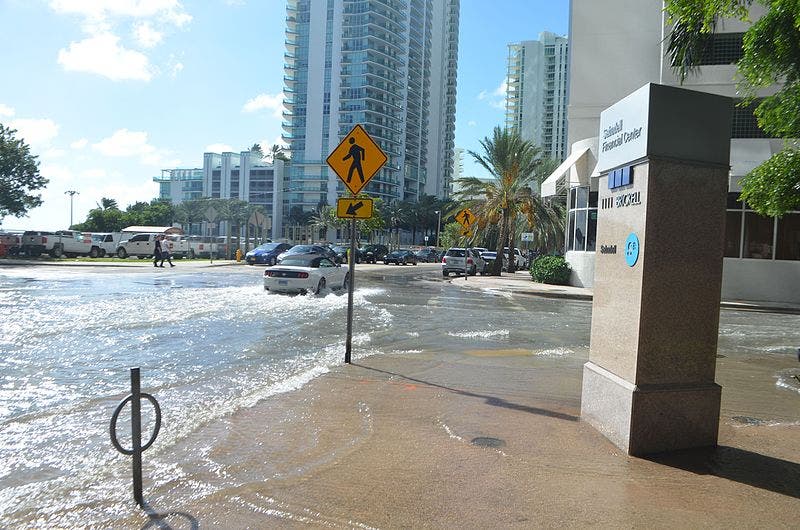Within the next 30 years, sea level rise could have dramatic consequences for US coastal communities, threatening over 300,000 homes with regular flooding.

As temperatures continue to rise, icesheets continue to melt and sea levels continue to rise. Sea levels also rise directly due to the thermal expansion of the water. The relationship isn’t exactly linear, but there is a clear cause-effect relationship. However, many people seem to think that there will be no tangible consequences close to home — but that couldn’t be further from the truth.
“The impact could well be staggering,” said Kristina Dahl, a senior climate scientist at the Union of Concerned Scientists (UCS) to The Guardian. “This level of flooding would be a tipping point where people in these communities would think it’s unsustainable.
“Even homes along the Gulf coast that are elevated would be affected, as they’d have to drive through salt water to get to work or face their kids’ school being cut off. You can imagine people walking away from mortgages, away from their homes.”
Along with colleagues, Dahl assessed this impact using data from the National Oceanic and Atmospheric Administration (NOAA) and real estate company Zillow. They present the results in the form of an interactive map which you can check out here.

When working on this type of predictions, researchers opt for one of several scenarios. Here, they chose a high sea level rise scenario, where planet-warming emissions are barely constrained and the seas rise by 2 meters (6.5ft) globally by the end of the century.
If this is the case, then 310,000 US homes would be threatened by 2045, flooding as often as once every other week. By the end of the century, there would be as many as 2.4m threatened homes, worth around a trillion dollars.
Of course, coastal states would be the most affected, particularly low-lying states. A million homes in Florida would be threatened by 2100, as would 250,000 homes in New Jersey and 143,000 homes in New York. Persistant flooding is only one of the problems associated with sea level rise. The most immediate problem is that people already have to pay more money for insurance — and as disasters become more and more likely, property damage also expands.
“My flood insurance bill just went up by $100 this year, it went up $100 the year before,” said Philip Stoddard, the mayor of South Miami. “People on the waterfront won’t be able to stay unless they are very wealthy. This isn’t a risk, it’s inevitable.”
It should be said that the report doesn’t factor in technological advances that might offset some of the sea level rise. However, this likely wouldn’t make much of a difference in the US, considering that the country doesn’t have a national sea level rise plan, and the current administration seems completely uninterested in anything related to protecting the environment.


